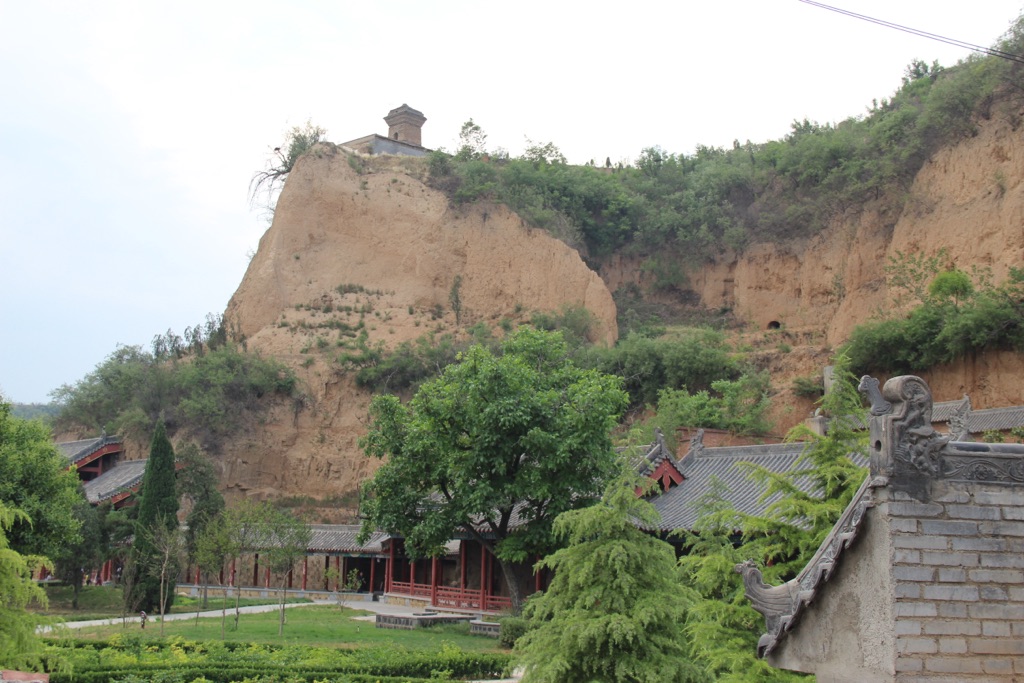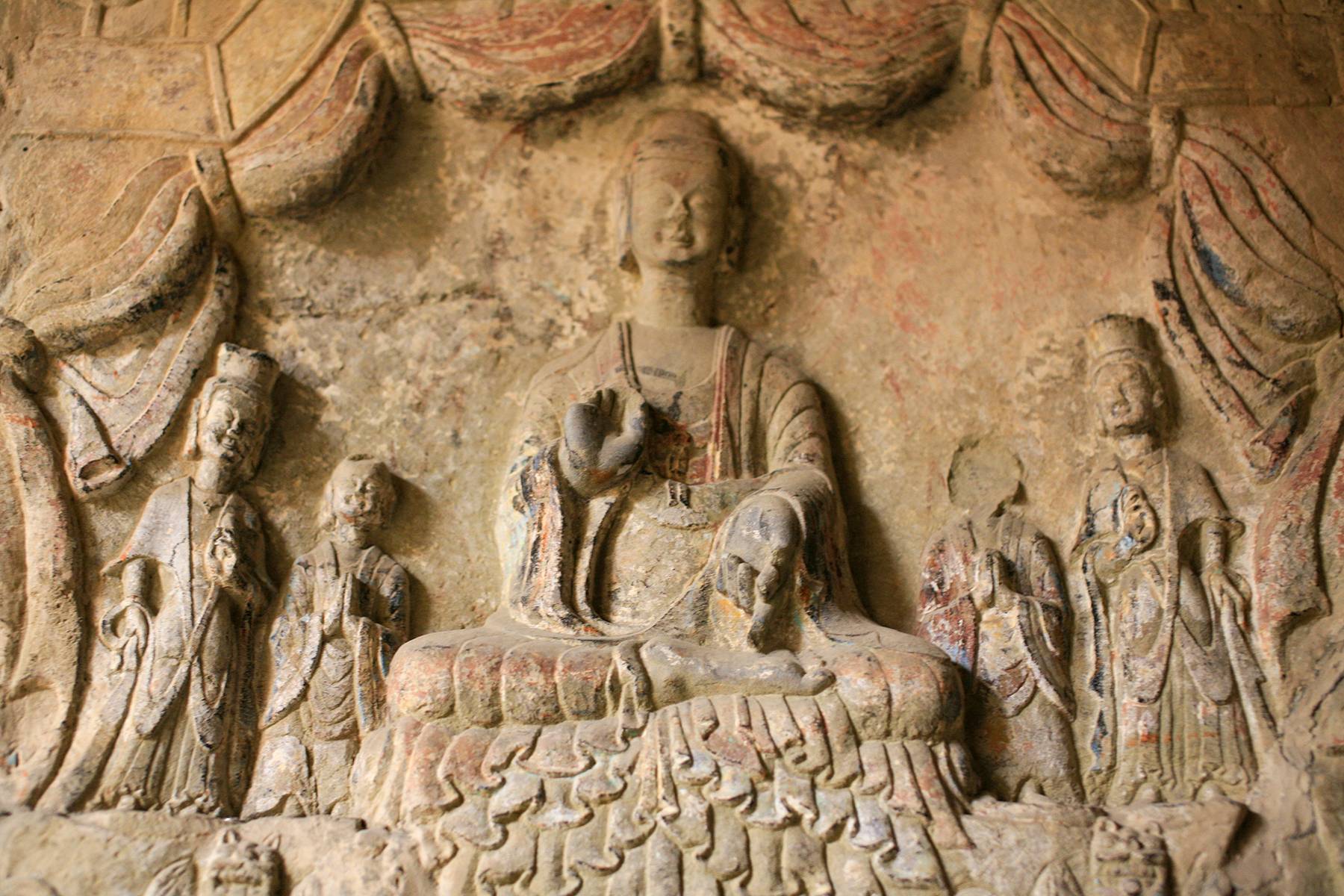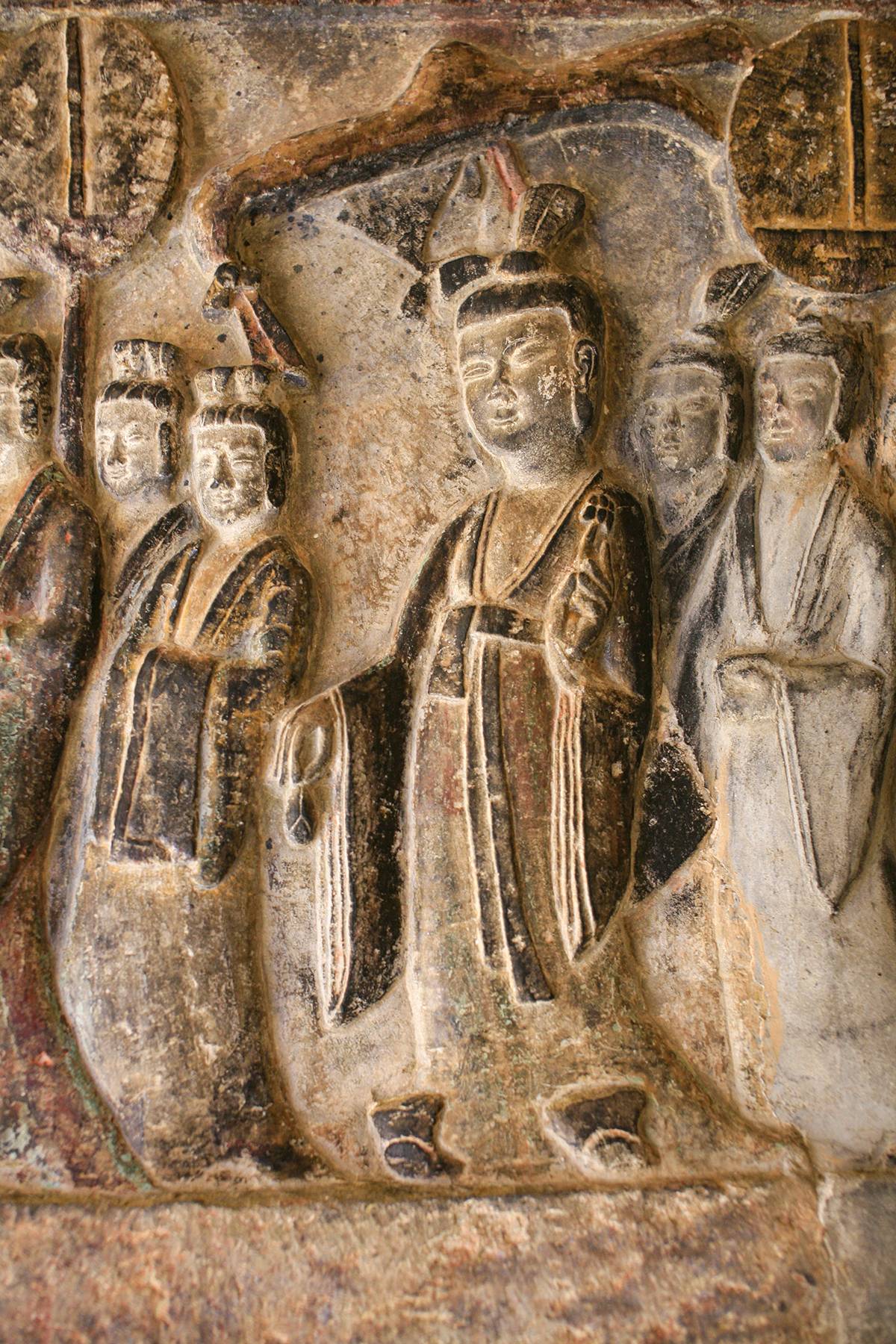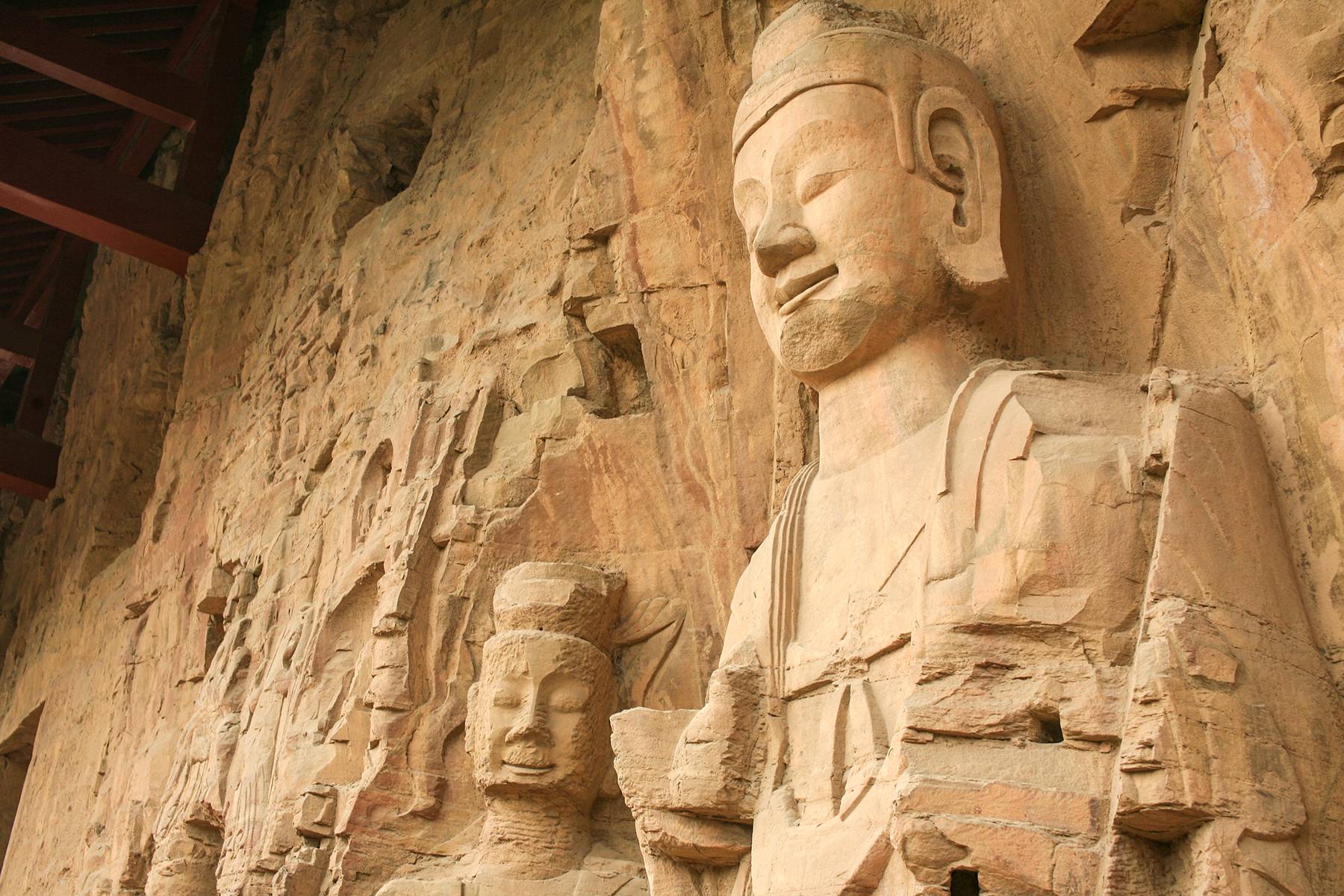The Gongxian Grottoes, a treasure trove of ancient Buddhist art, stand as a testament to religious and cultural exchanges in China. These grottoes, carved into limestone cliffs, are located in Gongxian County, Henan Province. They house a collection of statues and inscriptions that date back to the late Northern Wei and Tang dynasties. The site is renowned for its historical significance and artistic value, showcasing the evolution of Buddhist sculpture in China.
Get your dose of History via Email
Historical Background of Gongxian Grottoes
The Gongxian Grottoes were first discovered in modern times by Chinese scholars during the early 20th century. However, their creation dates back to the 5th and 6th centuries. The grottoes were commissioned by wealthy patrons and Buddhist monks. Over time, they became a significant center for Buddhist worship and pilgrimage. The site has witnessed various historical events, including periods of religious suppression and cultural revolution.
Emperor Xiaowen of the Northern Wei dynasty initiated the construction of the grottoes. He aimed to promote Buddhism as a state religion. The grottoes’ strategic location along the Yi River made them a focal point for cultural exchange. They attracted monks, scholars, and artists from across Asia. The site’s development continued through the Tang dynasty, reflecting changes in artistic styles and religious thought.

Throughout history, the Gongxian Grottoes have seen periods of both prosperity and neglect. They were inhabited by monks who maintained the site and continued to carve new statues. During the Cultural Revolution, the grottoes suffered damage, but they have since been recognized for their historical importance. Restoration efforts are ongoing to preserve this cultural heritage.
The grottoes have also been the scene of significant historical events. They served as a sanctuary during times of war and social upheaval. The site’s inscriptions provide valuable insights into the lives of ancient Chinese people, their beliefs, and their interactions with the Buddhist faith.
Today, the Gongxian Grottoes are a protected cultural site. They attract historians, archaeologists, and tourists from around the world. The site’s discovery and ongoing research contribute to our understanding of ancient Chinese civilization and the spread of Buddhism in Asia.

About Gongxian Grottoes
The Gongxian Grottoes consist of over 200 caves carved into the limestone cliffs. They house more than 3,000 statues and inscriptions. The grottoes are a marvel of ancient engineering and artistic craftsmanship. The largest statue, a colossal Buddha, stands at an impressive 16 meters in height.
The construction methods of the grottoes involved meticulous planning and labor-intensive carving. Artisans used simple tools to sculpt the limestone, creating intricate details and lifelike figures. The grottoes feature a variety of architectural elements, including altars, niches, and chambers that served various religious functions.

The building materials primarily consisted of the local limestone, which was both abundant and suitable for carving. The natural caves were expanded and embellished to create the grottoes. Over the centuries, the site has undergone repairs and restorations to address weathering and damage.
Architectural highlights of the Gongxian Grottoes include the use of symmetry and hierarchy in the layout of the caves. The placement of statues follows a strict order, reflecting the religious hierarchy of the time. The artistry of the sculptures showcases the evolution of Buddhist iconography in China.
The grottoes also feature a range of inscriptions that provide valuable historical information. These include dedications from patrons, records of donations, and prayers. The inscriptions are a key source for understanding the social and religious context of the grottoes.

Theories and Interpretations
Several theories exist about the purpose and symbolism of the Gongxian Grottoes. Scholars believe they served as a monastic complex and a site for Buddhist worship. The grottoes may also have been a place for teaching and meditation for monks and pilgrims.
The mysteries of the grottoes include the identity of some patrons and the meaning behind certain iconographic elements. Researchers use historical records to interpret these aspects, but some questions remain unanswered. The grottoes’ art reflects the syncretism of Buddhist, Taoist, and Confucian influences.
Experts have conducted extensive dating of the grottoes using stylistic analysis and inscriptions. Carbon dating and other scientific methods have also been applied to organic materials found at the site. These efforts help establish a timeline for the creation and development of the grottoes.

Theories about the decline of the Gongxian Grottoes suggest that changes in religious policies and economic shifts played a role. The site’s remote location may have contributed to its preservation, as it was less exposed to human activity and natural disasters.
Interpretations of the grottoes continue to evolve as new discoveries are made. Ongoing archaeological work and historical research shed light on the complex history of the site. The grottoes remain an active area of study for those interested in Buddhist art and ancient Chinese culture.
At a glance
Country: China
Civilization: Created by the Northern Wei dynasty, further developed during the Tang dynasty
Age: Dating back to the late 5th and 6th centuries AD

